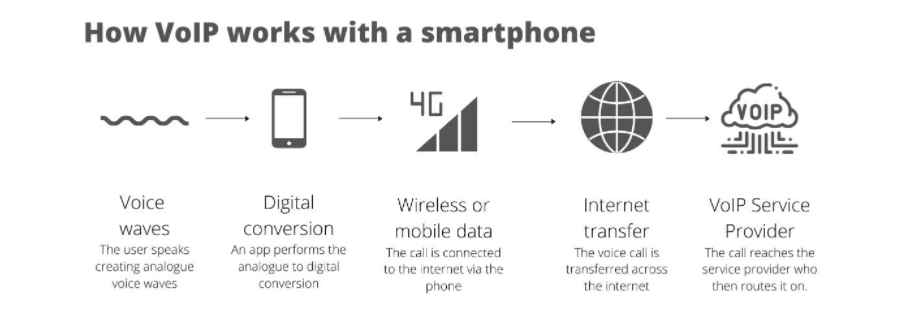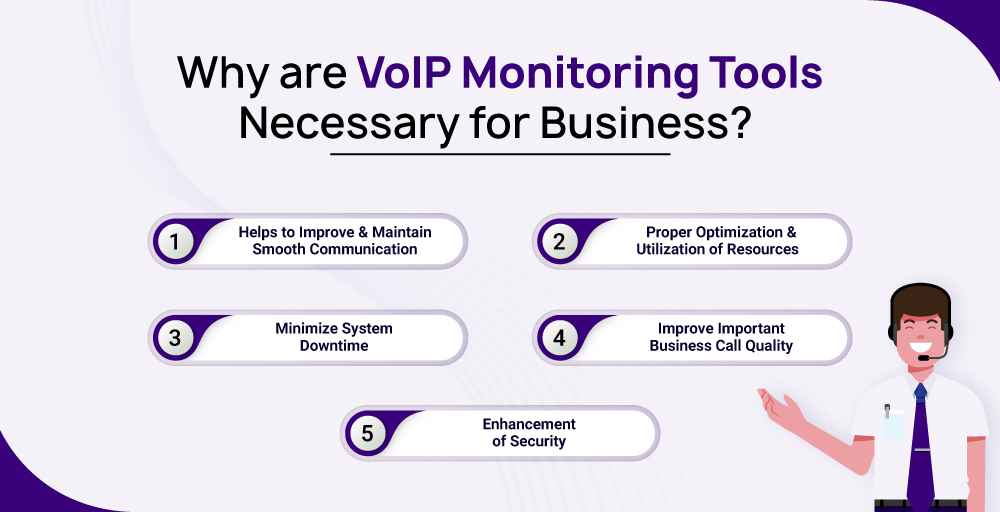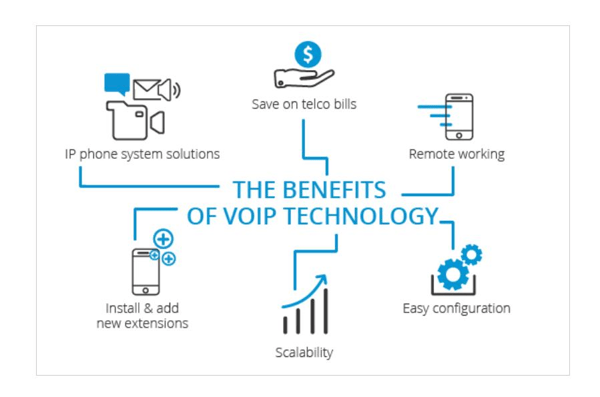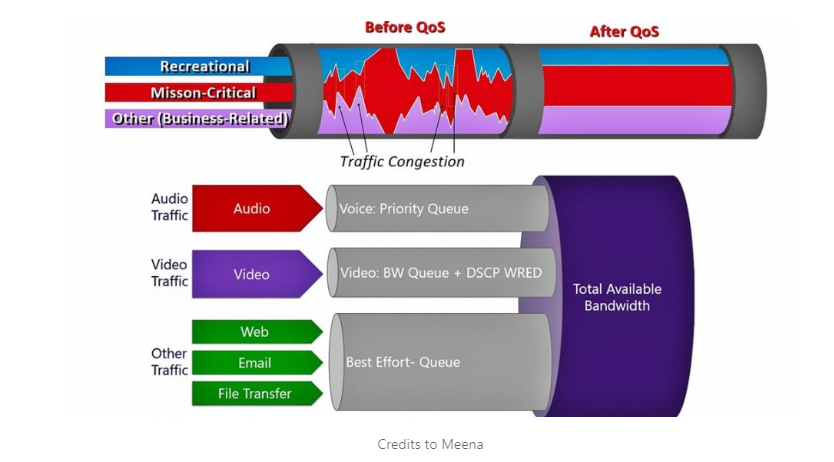One of the most innovative breakthroughs since the world's first phone call is Voice over Internet Protocol - or VoIP. The term refers to the ability to make phone calls via the internet rather than through a regular landline or mobile network.
This guide is all about how and why you should monitor VoIP performance to get the best voice calls possible.
We'll talk about why VoIP monitoring software is crucial to your UC network operations, to achieve and maintain top quality customer experience.
Find out more about problem-proofing your UC network with
The Expert Guide To VoIP Testing - Ensuring Your Network Is Capable
Table of Contents
What is VoIP, and why is VoIP monitoring important?
A VoIP service takes analogue voice signals and converts them into digital signals, then sends them as data packets over your Local Area Network (LAN), Wide Area Network (WAN), or the internet.



Images sourced: T2K Hosted VoIP
Why you need a VoIP monitoring tool
There are pros and cons to using VoIP, but any business using VoIP calls as a pivotal part of their unified communications network needs to ensure that they have performance management systems for VoIP monitoring and troubleshooting in place.

Let's look at some of the advantages of VoIP.
Advantages:
-
VoIP systems are cheaper to use than landlines
-
Increased accessibility
-
Complete portability
-
Higher scalability
-
Advanced features for small and large organizations
-
Supports multitasking
-
More flexibility with softphones
There are, however downsides associated with VoIP services that you need to be aware of, and it's these issues that make it vital to have world class VoIP monitoring software installed.
-
VoIP needs a reliable internet connection
-
Susceptible to network jitter
-
Limited location tracking for emergency calls
-
Compatibility issues with some traditional alarm systems
Legacy vs third party VoIP monitoring software
Legacy VoIP monitoring systems rely on Call Detail Records (CDRs), and at best, packet capture will only highlight issues after something has already gone wrong. This reactive approach also provides little or no visibility across multiple networks.
Third party VoIP monitoring software, like IR Collaborate takes network monitoring to the next level, giving enterprises valuable insights into how their VoIP infrastructure is performing by picking up on performance related issues.
Proactive monitoring provides visibility into your VoIP network performance, server issues, VoIP call quality, VoIP traffic, end user devices and much more. This ensures you get a complete end-to-end view of your entire VoIP network from one clear window, allowing IT teams to analyze the available data for proactive problem resolution.
So let's take a more in-depth look at the main benefits and drawbacks of VoIP, which will help highlight the need for a network quality manager with VoIP monitoring capabilities for your UC network.

1.Cost reductions
Any business or large enterprise will view the cost savings as the primary driver towards any IP based telephony solution. Traditional telephone landlines charge for call time, but with IP telephony, costs are down to the monthly charges from service providers. VoIP monitoring software will keep track of these charges, and flag any discrepancies in usage
2.Conferencing made easy
Conferences are part and parcel of enterprise. With a VoIP call, distance or location, and the number of attendees doesn't matter as it's all built into the already low cost.
With SIP enhanced VoIP, video conferencing allows the transfer of various media formats like images, video and text, which wouldn't be possible with simple traditional telephony.
Find out more about SIP monitoring in our comprehensive guide
3.More efficient unified communication
Remote working is now the way forward for many businesses, so workforce management is crucial. The most efficient way to stay connected to employees, colleagues and clients and to achieve customer satisfaction is with the insights provided by a world class monitoring platform.
The best VoIP monitoring software is designed to keep track of numerous devices and dispersed locations, proactively identify network issues, track Quality of Service (QoS) metrics and VoIP quality.
4.Simplified installation, scalability & integration
A VoIP system allows you to add lines with new employees or eliminate lines in case of downsizing - and can integrate with a wide variety of existing business systems. While this increases operational efficiencies, every new addition to your UC environment is another element that can fail, unless you have monitoring software in place.
How VoIP monitoring software can help overcome challenges
Monitoring VoIP call quality is essential because it be affected by many things within your network. Monitoring and troubleshooting will help get a clear analysis of the issues your network is experiencing in real time and help you improve your service, and end user experience.
1. Latency, packet loss and jitter
Latency, packet loss, and jitter are critical network performance metrics that provide comprehensive insights into the network's connection quality, and can affect VoIP quality.
By monitoring and analyzing these metrics, you can identify and resolve performance issues, to ensure a seamless and reliable user experience.
2. Mean Opinion Score (MOS)
A MOS rates a call’s quality between 1 (unacceptable) and 5 (excellent).
MOS can be affected by a range of factors including packet loss, bandwidth, latency, codec, jitter, and hardware, so organizations need to monitor of their calls to achieve the best possible VoIP call quality and to minimize the number of disruptions or calls being dropped.

Image source: Fiberconx
4. Inadequate equipment
Poor VoIP call quality can be caused by outdated devices and applications like routers and cable modems, and firewalls.
VoIP monitoring provides metrics and support for device performance issues. Each network element can be isolated and monitored to determine whether older components can be updated or replaced.
5. Quality of Service (QoS)
Quality of Service (QoS) is a feature of routers and switches which prioritizes traffic so that more important traffic can pass first.
VoIP monitoring software provides real-time insights into a network's performance metrics, and this helps ensure proactive detection and resolution of VoIP issues. By prioritizing critical data flows, QoS monitoring software optimizes resource allocation, enhancing user experience and network efficiency.

Monitor and troubleshoot VoIP performance
Communications and collaboration platforms form the basis of some of the most essential business systems.
Remote working has increased the demand for a seamless experience and flawless VoIP quality.This highlights the need for not just a VoIP monitor, but an all-encompassing solution to achieve high up-time and fast problem resolution.
High quality voice communication is non-negotiable, but as we've shown, call quality within your VoIP service can suffer due to many issues in your network infrastructure.
IR's Collaborate suite of UC solutions uses advanced technology to bring a proactive approach to network monitoring and troubleshooting.
Our solutions monitor call quality, jitter, latency and packet loss, but they also provide vital metrics and complete visibility into your entire communications environment in real time. Our next-generation, newly extended hybrid cloud Prognosis platform collects and analyzes mission-critical data, leveraging the power and scale of the cloud, combined with 30 years of expertise in monitoring and analytics.
We can highlight issues with QoS, track MOS, and monitor for anomalies within your entire network. All this, through a single pane of glass.
IR Collaborate is also an invaluable training tool. Through deep insights into telephony protocols and VoIP quality data, users are able to better understand how the telephony environment is used by various department systems.
While other monitoring systems like SolarWinds or PRTG network monitor may have some similar features, IR Collaborate is a specialized UC & Collaboration tool which can handle the most in-depth and complex networks.





